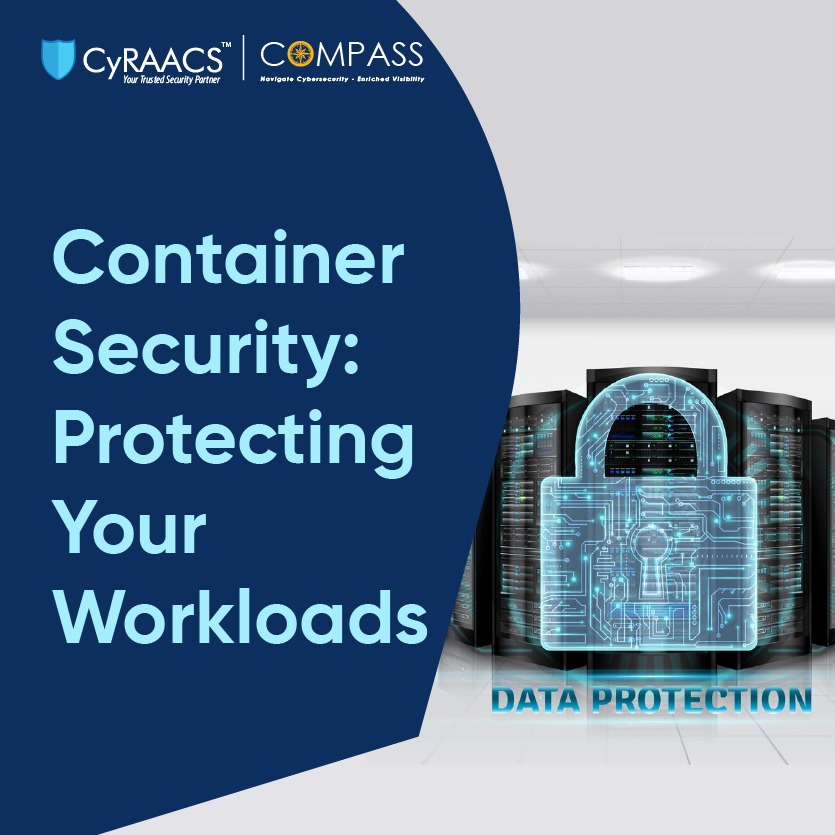Containerized workloads are a key component of modern application deployment, offering scalability and efficiency. However, ensuring their security is essential to prevent vulnerabilities, misconfigurations, and cyber threats. Organizations must focus on protecting applications from development to deployment by implementing robust security measures, continuous monitoring, and compliance controls. Strengthening container security mitigates risks, enhances operational resilience, and ensures business continuity.
What is a Container in Virtualization Technology?
In virtualization technology, a container is a lightweight, portable, and self-sufficient unit that encapsulates an application and its dependencies, allowing it to run consistently across different environments. Unlike Virtual Machines (VMs), containers share the host OS kernel, making them faster, more efficient, and easier to deploy at scale.
Key Features of Containers
- Lightweight: Shares the host OS kernel, reducing overhead.
- Portability: Runs consistently across development, testing, and production.
- Scalability: Easily deploy and manage multiple instances.
- Isolation: Prevents conflicts between applications while sharing resources efficiently.
Containers vs. Virtual Machines
Both containers and virtual machines (VMs) are widely used for deploying applications, but they differ in architecture, efficiency, and resource utilization. While VMs emulate entire operating systems, containers share the host OS kernel, making them lightweight and faster to deploy. Understanding the differences between containers and VMs is crucial for optimizing infrastructure, improving scalability, and enhancing security. This comparison helps organizations choose the right technology based on their specific needs, balancing flexibility, performance, and isolation.
- Containers share the host OS kernel, whereas VMs have a full OS, making them resource intensive.
- Containers start faster and consume fewer resources than VMs.
Popular Container Platforms
- Docker: The most widely used containerization platform.
- Kubernetes: Manages and orchestrates multiple containers efficiently.
Containers streamline application deployment, improve scalability, and enhance resource efficiency, making them a key part of modern cloud and DevOps environments.
Container Security: Protecting Your Workloads
While containers improve flexibility and efficiency, they also introduce security risks that organizations must address.
Key Container Security Challenges
- Image Vulnerabilities: Using outdated or insecure container images can expose applications to security risks.
- Privilege Escalation: If not properly configured, containers can gain unauthorized access to the host system.
- Weak Isolation: Since containers share the host OS kernel, a breach in one container can impact others.
- Insecure APIs: Poorly secured container APIs can lead to unauthorized access and data leaks.
Best Practices for Container Security
- Use Trusted & Scanned Images: Always use verified images from secure registries and scan for vulnerabilities.
- Implement Least Privilege: Avoid running containers with root privileges to minimize risk.
- Network Segmentation: Restrict communication between containers to reduce attack surfaces.
- Regular Security Patching: Keep container images and dependencies updated.
- Runtime Monitoring: Continuously monitor container behavior to detect suspicious activities.
- Use Kubernetes Security Features: Implement RBAC (Role-Based Access Control) and Pod Security Policies to restrict unauthorized access.
How CyRAACS Helps in Container Security Testing
As organizations increasingly adopt containerized environments, securing these deployments is critical. CyRAACS provides end-to-end container security testing to help businesses identify vulnerabilities, mitigate risks, and ensure compliance.
Our Container Security Testing Approach
- Container Image Security Analysis:
- We scan container images for known vulnerabilities, misconfigurations, and outdated dependencies using industry-leading tools.
- Ensure images follow best security practices and comply with CIS Benchmarks.
- Runtime Security & Threat Detection:
- We monitor containers in real-time to detect anomalous behavior, unauthorized access, or privilege escalation attempts.
- Identify security misconfigurations that could expose your containerized workloads to threats.
- Secure Configuration & Hardening:
- Host Security Review: Assess container host settings, file system permissions, and resource isolation.
- Least Privilege Enforcement: Ensure containers don’t run as root users and implement RBAC (Role-Based Access Control) policies.
- Validate network segmentation to prevent lateral movement of threats.
- API & Communication Security:
- We test containerized applications' APIs for insecure authentication, misconfigurations, and unauthorized data exposure.
- Analyze inter-container communication to prevent unauthorized access between services.
- Kubernetes & Orchestration Security:
- Conduct Kubernetes cluster security assessments, ensuring RBAC policies, network security rules, and pod security policies are configured correctly.
- Validate security controls in Kubernetes, OpenShift, and Docker Swarm environments.
- Compliance & Best Practices Validation:
- Ensure adherence to security frameworks like CIS Kubernetes Benchmarks, NIST, ISO 27001, and PCI-DSS.
- Provide a detailed security assessment report with risk prioritization and remediation recommendations.
Why Choose CyRAACS for Container Security?
- Expert Security Consultants: Experienced in securing complex containerized environments.
- Comprehensive Security Testing: Covers everything from container images to Kubernetes security.
- Actionable Insights: We provide detailed reports with step-by-step remediation guidance.
- Compliance-Focused Approach: Helps businesses meet industry regulations and security standards.
- Secure your containerized applications with CyRAACS’ expert security testing services. Contact us today!

